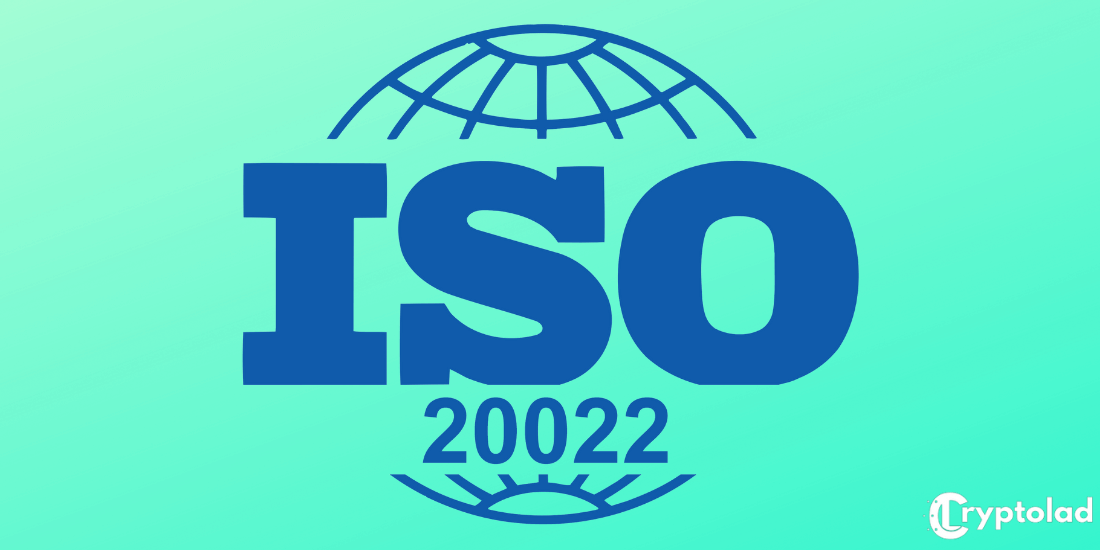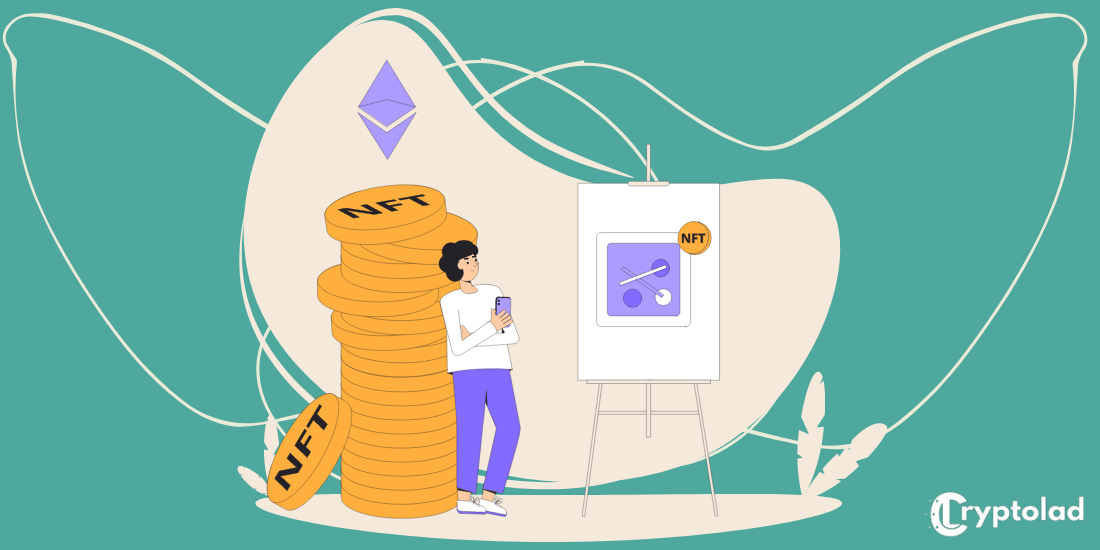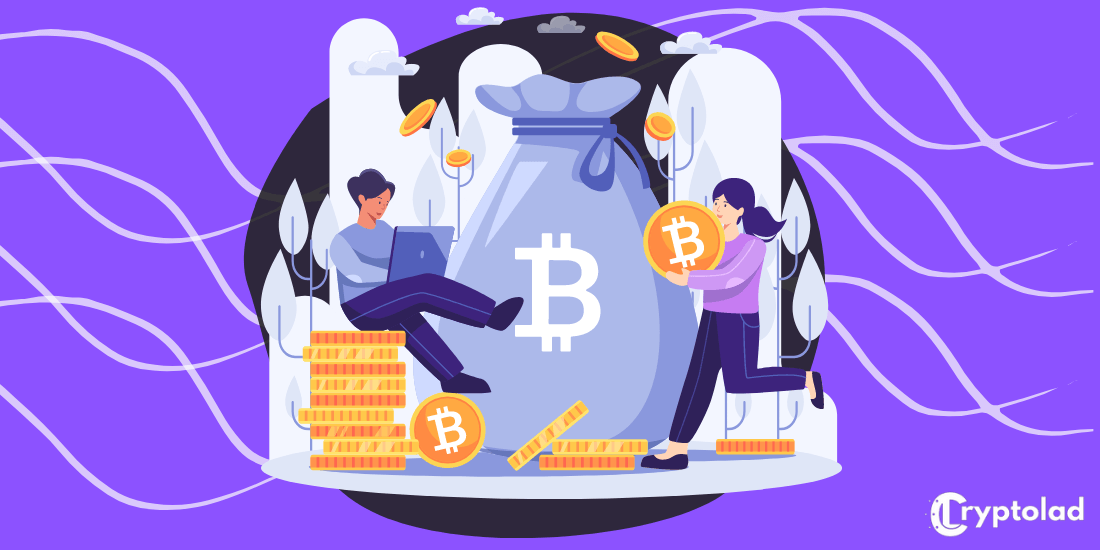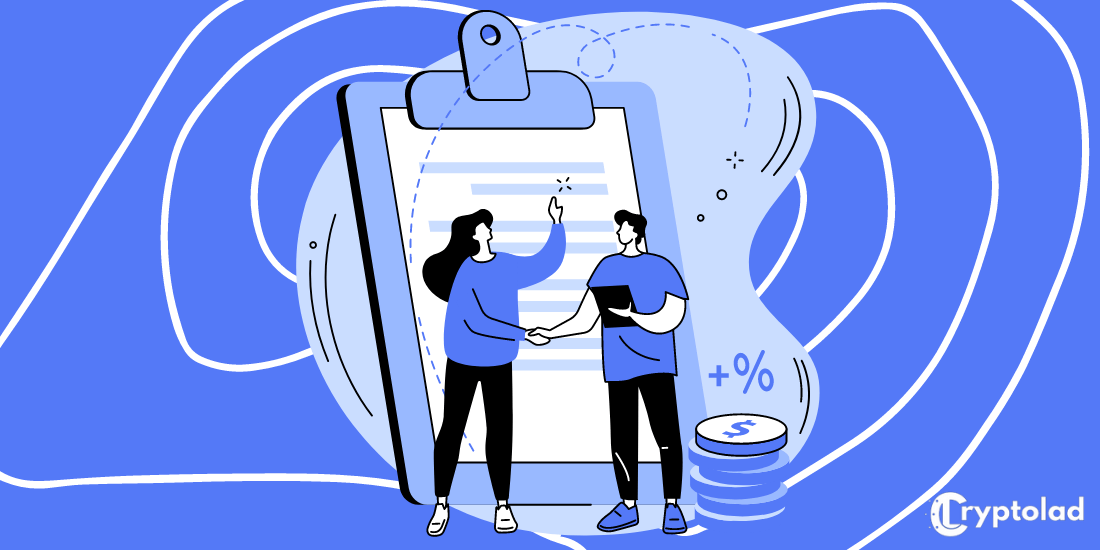What Is ISO 20022 and Will It Benefit Crypto?
1 November 2021

The COVID-19 Pandemic changed a lot of things, including how we do our shopping. And with that, transactions over digital platforms sky-rocketed beyond what anyone could’ve imagined.
So much so, most of these transactions got delayed because the banks couldn’t handle the increased numbers. And that’s how ISO 20022 came into play.
In reality, the adoption of ISO 20022 has been a 15-year journey.
The best part about it now is that this new system also includes the adoption of cryptocurrencies.
Sounds impressive, right? Hold up! Do you even understand what ISO 20022 is? Or how this new technology could potentially change the cryptocurrency world? No?
Okay! You’ve come to the right place.
In this article, we will break down the meaning of ISO 20022 and the cryptos in this network.
More importantly, we will also discuss any relevant information about the same.
So buckle up as we take a ride to the future of banking and cryptocurrencies.
What Is ISO 20022?
In simple terms, ISO 20022 is a messaging format that allows the adopters to define the tags and data using messages.
The current payment messages will increase from a 100 character limitation to around 9000 characters through this system.
With this increase, messages will provide the concerning parties with information on business processes, payment roles, and business activities.
Today, data is considered as the new form of currency. Typically, Data standards help govern what type of data is collected, the structure of the data, and what data means.
In essence, when these data standards are widely adopted, they play a fundamental role in helping the users achieve an even greater level of automation and so much more.
That’s precisely what ISO 20022 is strategically planned to achieve.
This system will improve the transactions speeds and effectiveness.
Additionally, banks and financial institutions that currently use SWIFT as a messaging system and have been requested to adopt ISO 20022.
Yes, that’s right!
What’s more, by the year 2025, ISO 20022 will be the universal standard for all banking systems.
Benefits of ISO 20022
- Smooth End to End Data Transaction
Through the ISO 20022, there will be richer, better structured, and granular data. That will ensure an efficient end-to-end payment messaging system.
- Quality Payments
Another significant advantage of ISO 20022 is there’s more transparency and remittance information for the customers. That will translate to a better customer experience and service. Therefore, more customers will be drawn to these payment systems.
- Better Analytics
Further operational benefits of this system include improved analytics with less manual intervention. That means the system can run without the need for any human interaction hence improving the accuracy of the process. More importantly, the ISO 20022 introduces higher resilience and better fraud protection measures.
- End to End Support
Once the adoption of ISO 20022 is complete, the whole financial market will use one standard that will cover all business domains and the end-to-end business process. Additionally, ISO 20022 facilitates the creation of new services.
- Modern Technology
This new network uses modern XML technology; hence it’s well supported and can integrate flawlessly with the current systems.
What Does ISO 2002 Mean For Crypto?
Cryptocurrencies are ideally decentralized. More importantly, cryptos are outside the government’s purview.
Therefore, investors can trade their assets in an opaque manner. Even though this is an excellent feature of the crypto world, it’s challenging to regulate.
That’s one of the most extensive debates that’s currently happening. That’s because the decentralization of cryptos has exposed most investors to fraud and hack attacks.
Thankfully, these systems also have an increased level of security which works in most cases, but we still need to beef up the security.
That is why central banks and other financial institutions are trying to use these cryptos in a central manner to create some bit of sanity in the crypto world.
However, since cryptos are originally designed to be decentralized, that’s where ISO 20022 comes into play. Typically, most cryptos are actually ISO 20022 compliant. That said, when the Federal Reserve Banks agree to allow digital currencies, ISO 20022 is a good choice.
But here’s the icing on the cake: it doesn’t mean that cryptos will now change from their decentralized network-no siree!
It only means there will be a delicate balance between centralized fiat currencies and decentralized cryptos.
The prices of ISO 20022 compatible cryptos are estimated to go through the roof once this technology is finally put in place. All in all, that’s still speculation of the future.
With that in mind, let’s take a look at the impact of ISO 20022.
Consequences Of Globalisation
Most crypto and fiat enthusiasts estimate that this new messaging system will be the new normal by the end of 2022.
SWIFT has requested all banks and financial institutions using their network to make the jump before the end of 2022.
More importantly, it is estimated that this mass adoption will profoundly affect the financial industry and the crypto world.
Seventy countries have already adopted this new system, including China, India, Japan, and Switzerland.
However, most of these countries are still in the trial stage.
All in all, this system is set to smoothen cross-border, high-value, real-time payments.
Additionally, all these transactions will be as secure as possible.
Which Cryptos Are Included in ISO 20022?
As I pointed out earlier, cryptocurrencies are going to be included in the ISO 20022 system. The following cryptos are compatible with the ISO 20022.
- XRP
The basic concept about XRP is to become the bridge between the crypto and fiat worlds. And there’s no better way than to have an algorithm that seamlessly integrates with the new ISO 20022. Ripple is the founding company, and it’s been working towards its mission to be the bridge currency. More importantly, XRP powers the RippleNet blockchain technology.
Ripple has continuously championed the merge between the crypto and fiat world. So much so, they’ve partnered with various Central Banks to help them smoothen their cross-border transactions. Currently, RippleNet relies on the ISO 20022 standardization.
- XLM
Another crypto that can easily integrate with ISO 20022 is XLM. Stellar is typically an open-source blockchain that allows the trade of digital representations of different forms: dollars, bitcoin, and pesos. You name it! In essence, this network does everything a bank does but on the decentralized blockchain network. Therefore, that is why this new shift will include XLM.
- ALGO
Algorand is a crypto network built to achieve some of the significant challenges in the crypto network, including speed, security, and decentralization. Algorand uses the Proof of Stake consensus protocol to run its ALGO cryptocurrency. It’s also one of the cryptos listed on the ISO 20022 network hence this blockchain is well-equipped for the next phase of the crypto world.
- FLR
When it comes to Flare, we have a lot to do talk about. That’s because this crypto isn’t your regular altcoin. It’s an incorporation of two notable cryptos in the market that is ETH and XRP.
Flare is a distributed network with unique features, creating a two-bridge path between ETH and XRP.
This bridge will allow users to purchase items and utilize XRP in the infamous dApps platform.
On top of that, Spark token is the crypto that is designed to power the Flare network. Additionally, FXRP represents XRP in the Flare network that allows XRP holders to redeem and create smart contracts through this token. And to add to that, since the Flare network uses XRP, that makes it interoperable with the ISO 20022 system.
- XDC
XDC is a crypto created by the XinFin (eXchange infinite), and it’s designed in the same way as the Ethereum network. XDC uses the Proof of Stake, enabling interoperability with ISO 20022, hybrid relay bridges, and an instant block finality. Typically, XDC acts as a settlement item in the XDC decentralized network.
Above all, XDCs interoperability with ISO 20022 makes it a valuable asset in the future of the crypto world. This network is built to be highly scalable, secure, transparent, and commercial-grade blockchain architecture.
- IOTA
Last but not least is IOTA. This crypto blockchain is a decentralized ledger designed to handle transactions happening in the Internet of Things (IoT).
Typically, the crypto that’s native to this network is the MIOTA.
What’s more, this network tries to solve the critical issues in the crypto network, including performance and scalability associated with the crypto king Bitcoin.
The tech team behind this network plan to achieve that by replacing the blockchain with Tangle.
The Tangle network has a unique feature where each new transaction confirms the previous two.
Aside from that, IOTA is also compatible with the ISO 20022 system.
ISO 20022 in a Nutshell
Most investors are probably bullish when it comes to the ISO 20022 and the potential these coins hold.
However, the outcome that will result from this integration remains unseen, and it’s still sparking many debates in the crypto world.


